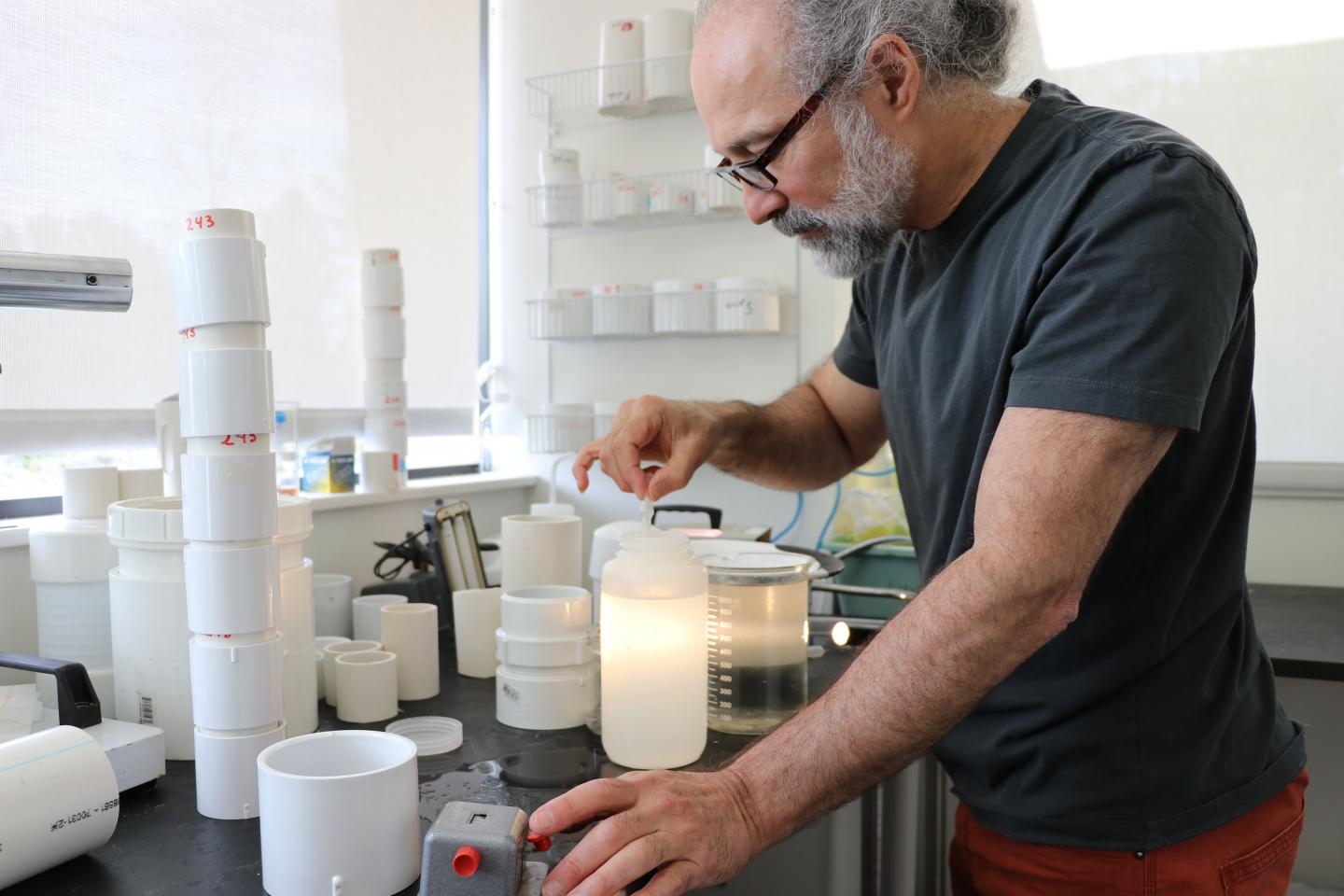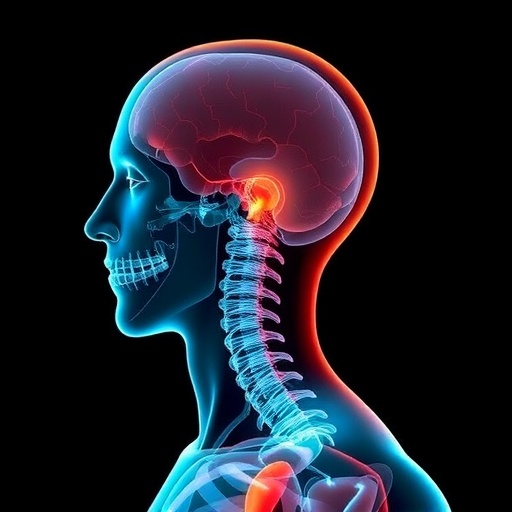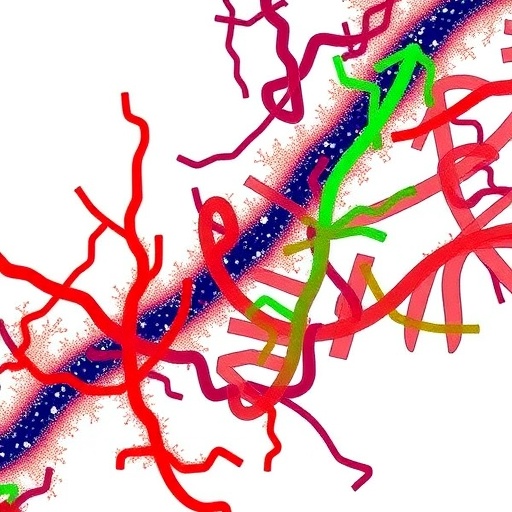
Credit: Bigelow Laboratory for Ocean Sciences
Copepods are tiny crustaceans about the size of a grain of rice, but they are one of the most important parts of the Earth’s aquatic ecosystems. Their behavior and interaction with the environment, however, remains a relative mystery. Now, a recent paper published in the Journal of Experimental Biology sheds new light on how these miniature marvels move and cluster in the ocean.
Researchers from Bigelow Laboratory of Ocean Sciences and the Georgia Institute of Technology found that the copepods gather around small vortexes in the ocean, a finding which could have significant implications for the food web.
“We’re getting at a mechanism that helps us understand how the ecosystem works,” said Bigelow Laboratory Senior Research Scientist David Fields, a co-author on the paper. “These vortexes influence the behavior of copepods in a way that allows other animals in the food web to survive.”
Copepods can be found in almost every freshwater and saltwater body in the world. If you were to take all copepods and put them together, their weight would be equivalent to about a trillion humans. Their abundance makes them critical to ocean health, where they serve as a cornerstone of the ocean food web and play an important role in global cycles.
“That many organisms breathing oxygen, eating phytoplankton, and producing waste is a major driver in how the ocean carbon cycle works,” Fields said. “Despite their tiny individual size, they have a huge impact on the ecosystem.”
Abundance alone, however, is not enough to make them such a vital food source for marine life from baby fish to right whales. Although plentiful, they are dispersed in the mind-bogglingly vast ocean. Fortunately for predators, copepods group together. Exactly where and why they do so has been a challenge for scientists to identify.
The newly published study suggests one gathering place is swirling ocean currents less than an inch in diameter. The scientists teamed up with engineers and developed a new type of instrument that can replicate these vortexes and allow for control over their size and speed.
The researchers discovered that the copepods could not only detect the vortexes but actually aggregate around them. The finding could be significant for understanding copepods, and the new ability to create these tiny vortexes in a laboratory may enable scientists to study ocean food webs in a new light.
“We’ve come up with an explanation for why these animals aggregate in what we like to think of as this, well-mixed, homogeneous ocean,” Fields said.
These small vortexes have always been difficult to study in the field because of their scale, ephemeral nature, and how much other turbulence exists in the ocean. However, previous research using mathematical models has suggested these processes could explain a number of phenomena such as the behavior of marine organisms and nutrients mixing up from the deep ocean.
“People use this kind of concept to explain a lot about how ocean processes work, but nobody’s really ever seen it,” Fields said. “Until recently, you couldn’t hold onto them long enough to study because they just pop up and disappear within seconds to minutes.”
Researchers have previously observed some interactions between copepods and turbulent water. However, this study was the first to examine the interaction of individual copepods with a single vortex, which opens up new possibilities for understanding these vital organisms.
“These tiny vortexes are happening everywhere in the ocean, but we’ve never gotten the chance to really look at them,” Fields said. “Now, we can create one of those little vortexes that live out in nature and hold it in the laboratory so we can analyze it in detail.”
###
Bigelow Laboratory for Ocean Sciences is an independent, nonprofit research institute located in East Boothbay, Maine. From the Arctic to the Antarctic, Bigelow Laboratory scientists use innovative approaches to study the foundation of global ocean health and unlock its potential to improve the future for all life on the planet. Learn more at bigelow.org, and join the conversation on Facebook, Instagram, and Twitter.
Media Contact
Steven Profaizer
[email protected]
Original Source
https:/
Related Journal Article
http://dx.





